The Fujifilm X-E3 and Olympus OM-D E-M10 III are both brand new entries on the mirrorless market and are equipped with much of the latest technology found on the flagship cameras from their respective brands.
Whereas the entry-level E-M10 III debuts as the second 4K-capable camera from Olympus after the OM-D E-M1 II, the mid-range X-E3 has all the “guts” of an X-T2 tucked inside a compact rangefinder-esque body. These features include most recent version of Fujifilm’s hybrid AF system, 4K video and the 24MP X-Trans III sensor.
In the following comparison preview, we’re going to be looking at all the key differences between these two models to help you decide which one is better for your needs. We understand that it isn’t an easy decision, so we’ll try and make things as straightforward as possible. Let’s get started!
Ethics statement: The information supplied in this article is based on official specifications and press releases as well as our personal experience with Fujifilm and Olympus cameras. If we get the chance to test the two products side-by-side, we will publish a full comparison. We were not asked to write anything about these cameras, nor were we provided with any sort of compensation. Within the article, there are affiliate links. If you decided to buy something after clicking the link, we will receive a small commission. To know more about our ethics, you can visit our full disclosure page. Thank you!
1. Sensor Technology
Photography is first and foremost about creating images, so let’s start with the key component responsible for image quality: the sensor.

The E-M10 III houses a Four Thirds sensor whose surface is smaller than that of the X-Trans III APS-C chip inside the X-E3. The difference isn’t enormous but you may notice that the X-E3 delivers slightly better low-light performance and dynamic range in comparison to the Olympus.
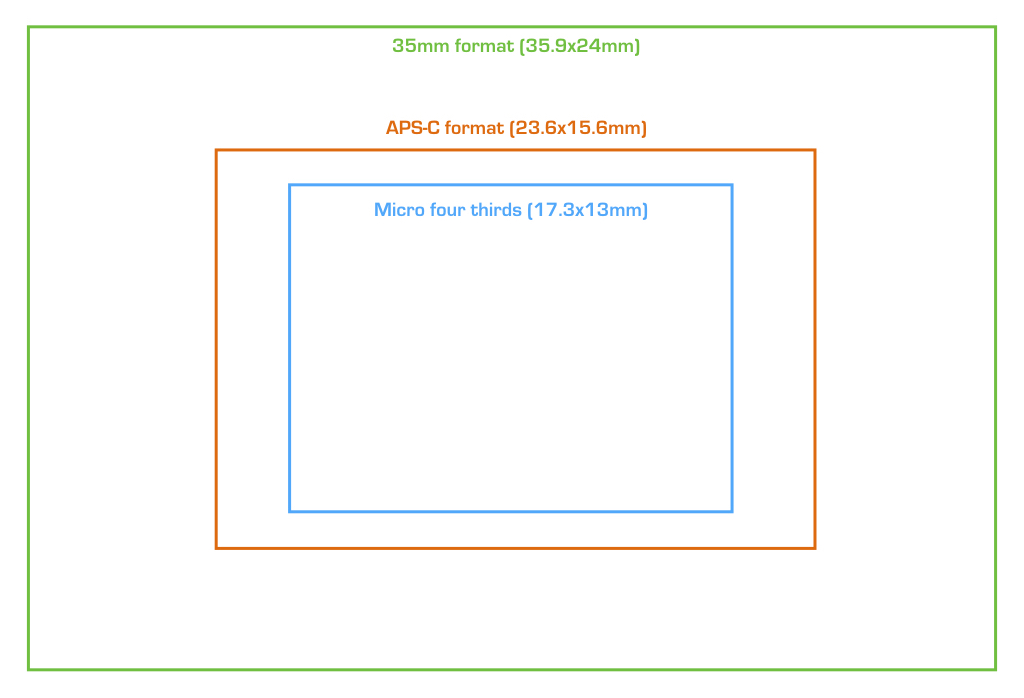
While we’re on the topic of low light, it is also worth mentioning the differences regarding the ISO sensitivity range. The E-M10 III has a range of 200 to 25600 ISO while the X-E3 goes from 200 and 51200. Both have low extended values: Low 100 on the E-M10 III and ISO 100, 125 and 160 on the X-E3.
Then we have the difference in resolution. The E-M10 III uses the standard 16MP chip found on many previous Micro Four Thirds models whereas the X-E3 has received the latest 24MP chip.
The final difference concerns their sensor technology. The E-M10 III’s sensor has a traditional Bayer array, while the X-E3 features an X-Trans III sensor with an arrangement of pixels that ensures the presence of at least one red, blue and green channel on every horizontal and vertical line.
The true benefits of the X-Trans sensor compared to Bayer chips has been debated time and time again, so I won’t go into the issue here. All you need to know is that a more specialised software may be required to get the most out the Fujifilm RAF files. We personally like the results from the X-Trans sensor and have a particular appreciation for the beautiful colour palette the film simulation modes produce.
2. Contrast vs. Phase Detection AF System
Among the many features that have trickled down from the flagship X-T2 to the X-E3, one of the most important is the advanced hybrid AF system with 91 or 325 focus points. The phase detection pixels cover 50% (from side-to-side) and 75% (top to bottom) of the frame.
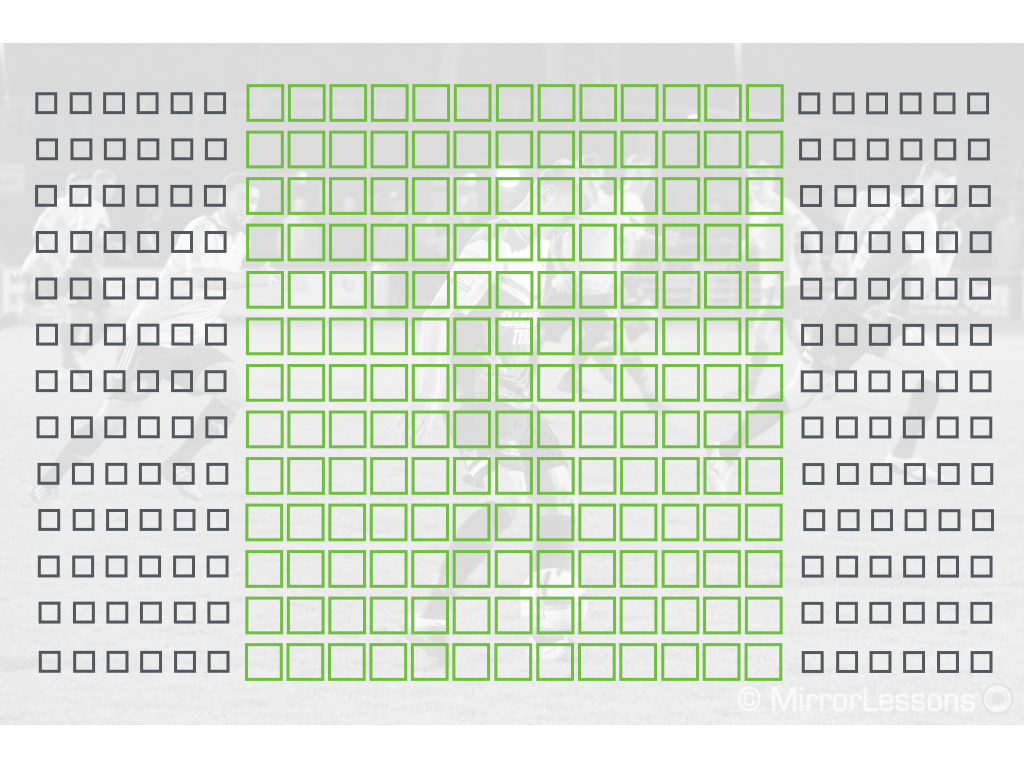
The camera offers Single Point AF with six sizes, Zone AF for moving subjects with three different grid options (3×3, 5×5 and 7×7) and Wide/Tracking AF, as well as the new AF Custom Settings with five different sets that help you track subjects with diverse movements.
The Olympus camera uses a contrast detection AF system with 121 points. It is a more advanced version of the AF system found on other mid-range Olympus bodies but probably won’t be able to keep pace with the X-E3. This is because contrast detection tends to suffer more in situations with poor contrast or little ambient light.
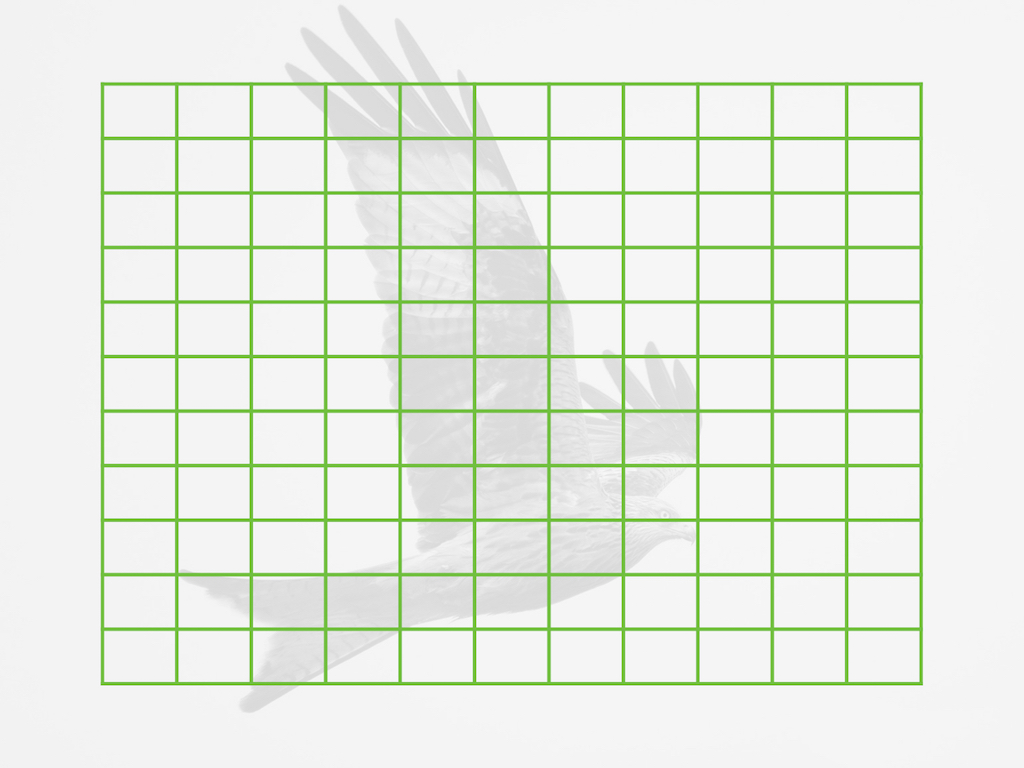
Its autofocus settings are as follows: All, 9-Group, Single target, AF-Tracking and Super Spot AF (AF with magnification).
Both the X-E3 and E-M10 III feature face/eye detection and allow you to use the touch screen to perform multiple AF-related actions such as moving the focus point or taking a picture. You can also use the touch screen while looking through the EVF on both. A neat feature on the X-E3 is the ability to treat the screen like a virtual four-way D-pad by swiping up/down/left/right on the screen to activate certain functions.
3. Image Stabilisation
The X-E3 may have the upper hand as far as its sensor and autofocus performance are concerned, but the Olympus camera has far more to offer when it comes to image stabilisation.
The E-M10 III uses a system called 5-axis stabilisation whereby the camera compensates for up to 4EV stops (CIPA standards) when taking images hand-held. Because the stabilisation system is in-body, you can use it with any lens, even manual focus glass that lacks electronic contacts. In video mode, you have the choice of working with sensor shift on its own or adding electronic stabilisation for improved stability. By using the latter, however, the camera crops the field of view ever so slightly.
The X-E3 lacks in-body stabilisation, so your only option is to rely on the optical stabilisation (OIS) of select Fujifilm lenses. Some of these OIS lenses produce excellent results at slow shutter speeds but the Olympus solution offers more versatility.
4. Shutter Speeds and Options
With the mechanical shutter, both cameras top out at 1/4000s. The top speeds of the X-E3 and E-M10 III with the electronic shutter are 1/32,000s and 1/16,000s respectively and unlike the Fujifilm camera, the Olympus has a first electronic curtain mode that works up to 1/320s.
For long exposures, the X-E3 has a T-mode that is usable up to 15 minutes and a default Bulb mode. To use the latter, you must hold the shutter button down with your finger during the exposure or use a remote. On the E-M10 III, you’ll find the useful Live Bulb feature. Not only does it not require you to hold down the shutter button but it also gives you a preview of your composition on the LCD screen.
5. Continuous Shooting Speeds
The maximum continuous shooting speed is 8.6fps (High) on the E-M10 III but once you switch over to C-AF, you can’t go any faster than 4.5fps (Low). The latter also gives you live view through the EVF or on the LCD screen.
The X-E3 has a similar maximum shooting speed of 8fps with the mechanical shutter but it can raise the speed to 14fps with the electronic shutter and C-AF. Live view with blackouts is available at 5fps.
The buffer depth is very close according to the official specifications: 22 RAW frames for the E-M10 III and 25 frames for the X-E3. However only the Olympus camera is compatible with UHS-II cards.
6. Wireless Flash
An inexplicable change made to the the E-M10 III was the removal of the wireless flash RC mode. In fact, it is the first Micro Four Thirds camera from Olympus not to have it. If you want TTL wireless flash, your only choice is to purchase a third party radio trigger.
This isn’t the case with the X-E3, which works with the optical communication of compatible flash units such as the new Fujifilm EF-X500.
The E-M10 III has a faster sync speed of 1/250s versus the 1/180s speed of the X-E3. Both models support HSS.
7. Video Capabilities
The X-E3 and E-M10 III can both record 4K video up to 30fps with similar bitrates (100mbps on the Fujifilm and 102mbps on the Olympus). Neither camera crops the sensor and there is no full pixel readout, so you can expect some aliasing and noise at high ISO values.
The X-E3 has a maximum sensitivity of 12800 ISO for video whereas the E-M10 III is capped at 6400 ISO. Neither camera has a Log profile.
In Full HD, both cameras can record up to 60p. Switch over to 720p and the E-M10 III provides a 120fps option for better slow motion footage.
In both Full HD and 4K, the E-M10 III can record up to 29 minutes per clip whereas the X-E3 is forced to stop after 10 minutes in 4K or 15 minutes in Full HD.
8. Design
Both the X-E3 and E-M10 III have been designed to resemble analog film cameras but each has its own distinctive style. The Olympus has an SLR-like design with an EVF at the centre while the X-E3 has a classic rangefinder design with the EVF on the left. We personally have a soft spot for the design of the OM-D series but obviously it’s a question of personal taste. Both cameras are available in black or silver.

Surprisingly the Fujifilm X-E3 is lighter (337g vs 410g) and smaller than the E-M10 III despite housing a larger sensor. Neither camera features any sort of weather sealing.
Both cameras have a touch sensitive screen with 1040k dots of resolution. The difference is that the Olympus’ screen can tilt up and down whereas that of the X-E3 is fixed in place. Both allow you to perform multiple operations with the touchscreen in record and playback mode.

Despite being located in different places on the body, their electronic viewfinders are actually very similar. They have an identical resolution of 2,360k dots and a similar magnification (0.62x and 0.61x). The native refresh rate is 60fps for both but in the case of the E-M10 III, you can increase it to 120fps as long as you can accept a small loss in resolution.
The Olympus has an On/Off switch, twin control dials and a default shooting mode dial on top. By contrast, the X-E3 features a focus selector on the front, shutter speed and exposure compensation dials on top, and front and rear command dials.

An interesting difference is that the Olympus has a physical four-way control pad on the rear, whereas the Fujifilm has renounced a physical pad in favour of an AF joystick and a feature called Touch Function that lets you recall four different settings by swiping up, down, left or right on-screen.
9. Extra Features
Olympus cameras are known for their impressive number of extra features and the E-M10 III is no exception.
Accompanying the aforementioned Live Bulb function is one of our favourite features: Live Composite. It combines several shots into one RAW/JPG file by saving only the brighter pixels, making it incredibly useful for star trails, light painting and fireworks.

Other features include Keystone Compensation, which corrects vertical distortion, 4K Timelapse (albeit at only 5fps), Multiple Exposure, and loads of bracketing modes including Focus Bracketing. AE Bracketing goes up to 7 frames and ±2EV steps.
The X-E3 features time-lapse, multiple exposure and various bracketing modes. AE Bracket is a bit more advanced on the X-E3 as you can take 9 shots with ±3Ev steps. There is also a Panorama mode that merges the shots in-camera unlike the mode on the E-M10 III which requires you to merge them in post production.
10. Price and Lenses
Neither camera is currently available for purchase but the predicted retail price is $650 / €660 / £630 for the E-M10 III and $900 / £850 / €900 for the X-E3. We can expect both to hit the shelves in late September 2017.
Then there is the lens catalogue to take into consideration. In part because it has been around for nearly a decade and in part because two main companies are contributing to the system, there is far more choice within the Micro Four Thirds catalog than the Fujifilm X range. In fact, there are currently 50 native lenses with full automation, as well as numerous MF lenses from third-parties such as Samyang for example.
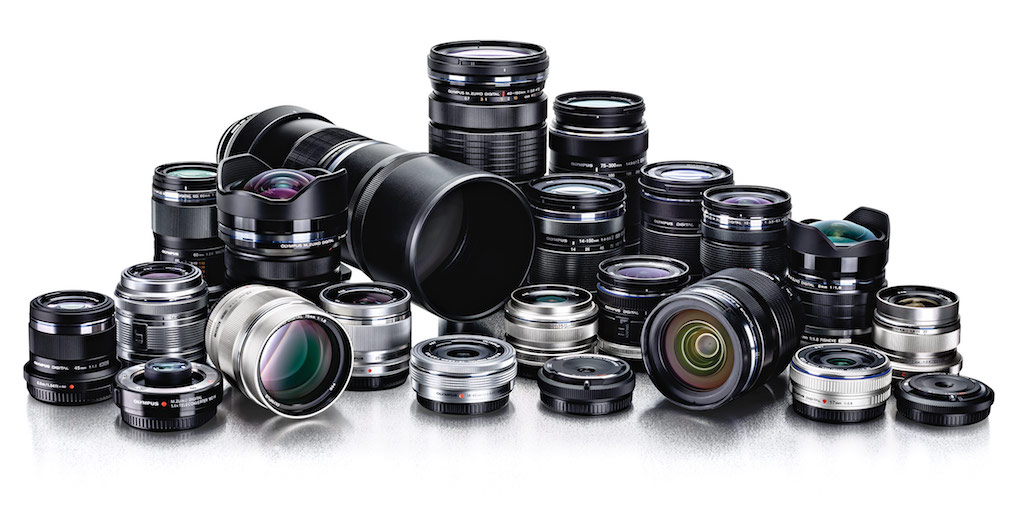
The Fujifilm X series currently consists of over 20 lenses without including manual focus options.
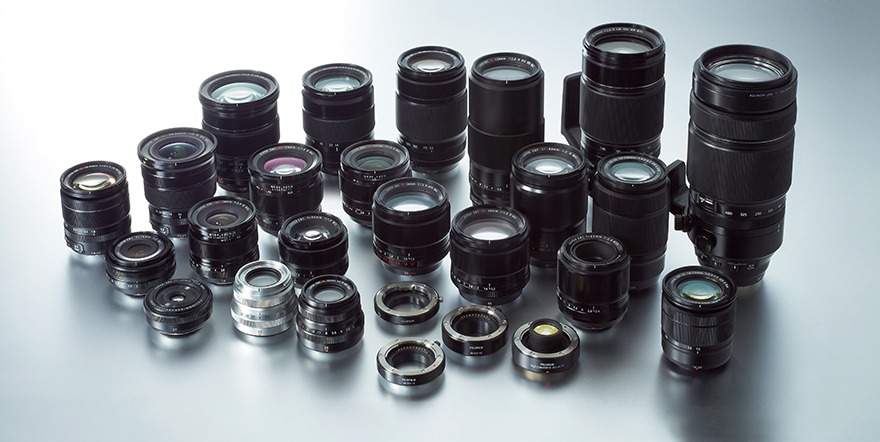
We’ve used many lenses from both brands and in most cases, we’ve found the quality to be very high. Within the Olympus arsenal are many small, inexpensive prime lenses that deliver sharp results wide open. Fujifilm also has a number of compact primes, such as the triad of f/2 primes, but the high-end zoom lenses tend to be larger, heavier and more expensive. What we like about many Fujinon lenses, however, is the inclusion of an aperture ring.
Conclusion
If image quality and autofocus performance are your main concerns, the Fujifilm X-E3 is likely to be the better overall choice thanks to its versatile 24MP APS-C X-Trans III sensor and extremely effective hybrid autofocus system.
Still, the E-M10 III has many things going for it, not least the compactness of the Micro Four Thirds system as a whole and the affordable range of fast prime lenses at its disposal. Plus it is impossible to ignore the benefits of 5-axis in-body image stabilisation for stills and video, as well as the many advanced features such as Live Composite that can enhance your shooting experience.
Concluding on a personal note, we are very fond of both systems and have derived great enjoyment from using them for a wide variety of photographic genres. Our advice would be to head to your nearest camera store, hold them in your hand, and see which one calls out to you – after all, the feeling you get when using a camera is just as important as the technology it contains!
Check the price of the Fujifilm X-E3 on
Amazon | Amazon UK | B&H Photo
Check price of the Olympus OM-D E-M10 III on
Amazon | Amazon UK | B&H Photo
You may also enjoy the following articles:
